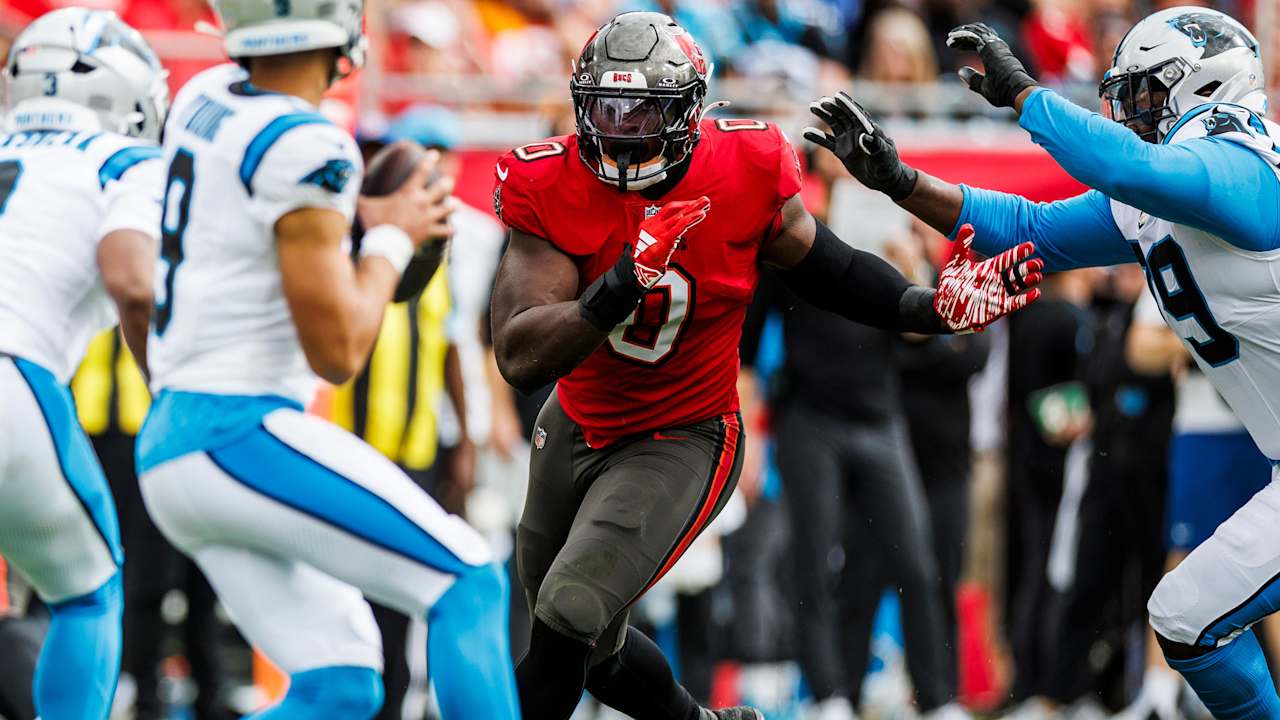Director Peter Berg‘s new Netflix series “American Primeval” is an ambitious Western epic about the bloody battles that erupted in 1850s Utah between Mormons, immigrant settlers, indigenous tribes and faithless opportunists out to make a buck. It’s enormous in its scale and imposing in its ambition, yet for Berg, the origins of the massive show were surprisingly simple.
“The origin was me obsessing on ‘Jeremiah Johnson’ and wanting to do something that required us to really go out into the elements,” Berg told IndieWire’s Filmmaker Toolkit podcast. “I felt the calling for that kind of challenge.” In addition to Sydney Pollack’s 1972 Western with Robert Redford, there was another starting point that Berg referenced when meeting with writer Mark L. Smith. “I have a weird collection of knives and axes and all kinds of things that people give me. I had this big ice axe, and I just put the ice axe in his lap, and I said, ‘Could you write this as a series?’”
More from IndieWire
The show that resulted combined the vivid location work of Pollack’s classic with the sense of visceral violence implied by that ice axe, both of which come together in a stunning sequence in episode 1 that depicts a bloody attack on a wagon train by Mormon settlers. This set piece, based on the real-life Mountain Meadows Massacre, is presented as one unbroken take that immerses the viewer in the point of view of a single mother and her young son; the choreography is as elaborate and elegant as the action is blunt and forceful.
Although the action looks like one extended shot, Berg says it was actually comprised of eight shots that were digitally stitched together — not that that made it any less challenging. “Once that idea was hatched, there are stunts, visual effects, camera operators, wranglers, and dozens of people that need to be involved to pull something like that off,” Berg said. He gathered his collaborators in conference rooms where they designed the action using figurines and horses before going out to the location in New Mexico and walking it through to figure out how to capture all the action in one shot.
“It becomes an evolution further complicated by the fact that we wanted to shoot it at sundown,” Berg said. “So as the sun is setting, you know you have maybe a 50-minute window to shoot. We stitched together eight shots in that sequence, so we figure, all right, we’ll shoot two of those shots a day for three days. And you’ve got to be very precise because you get there in the morning and rehearse all day and you’re waiting for that moment when the sun is right where you want it. And then you have to execute it almost flawlessly — you might get two tries, or three if you’re really lucky.”
‘American Primeval’MATT KENNEDY/NETFLIX © 2023
For Berg, the pressure was exciting, especially since his crew pulled the sequence off like clockwork. “It’s a kind of filmmaking that I like because everybody’s super amped up,” he said. “It’s almost like a live experience, and you know that if you mess it up, you’re going to have a problem because you’re going to have to come back another day, and there’s a lot of cost associated with that.” Although Berg said Netflix was skeptical at first about whether or not he could pull it off, they and everyone else were really pleased with the results. “They let us waste 90 percent of a day for 48 minutes worth of actual filmmaking.”
Berg’s desire to work in the tradition of “Jeremiah Johnson” and put himself and his cast and crew through the hardship of a difficult location shoot meant 137 days out in the elements and only three in a studio — and he says that by the time they got to the studio, the company hated it. “We were so feral from having been out there,” Berg says, noting that the cast and crew’s reaction to the soundstage was, “We don’t belong here. We’re not fancy enough.”
Throughout the shoot, Berg and his collaborators dealt with severe weather conditions from freezing cold to extreme heat, keeping a fire department on call at all times because of the high winds. “It was hearty filmmaking, and I loved it,” Berg said, accurately observing that the experience of the filmmakers seeped into the DNA of the show itself, palpably conveying the brutality of the conditions in which the characters live. “The stakes are pretty high, like life or death, so I wanted a certain level of physical and emotional discomfort for the actors. There was not a lot of luxury, and I think that helped us create a kind of beautifully unpleasant tone.”
As unpleasant as much of “American Primeval” is and as relevant as it is to today’s societal tensions, Berg still feels that he and the show are optimistic about America and its possibilities. “I do believe that man is a violent animal and it’s very hard to divorce our willingness to engage in acts of violence from our humanity,” Berg said. “It’s just part of who we are. We’ve also made peace. We’ve also survived. We didn’t have social media and the ability to amplify conflicts in the way we do now, but I don’t think it’s anything new. And that does give me comfort because, yes, we are violent, but we’re also capable of love and empathy and compassion. At the end of the day, we are as interested in making peace as we are making war.”
Best of IndieWire
Sign up for Indiewire’s Newsletter. For the latest news, follow us on Facebook, Twitter, and Instagram.





